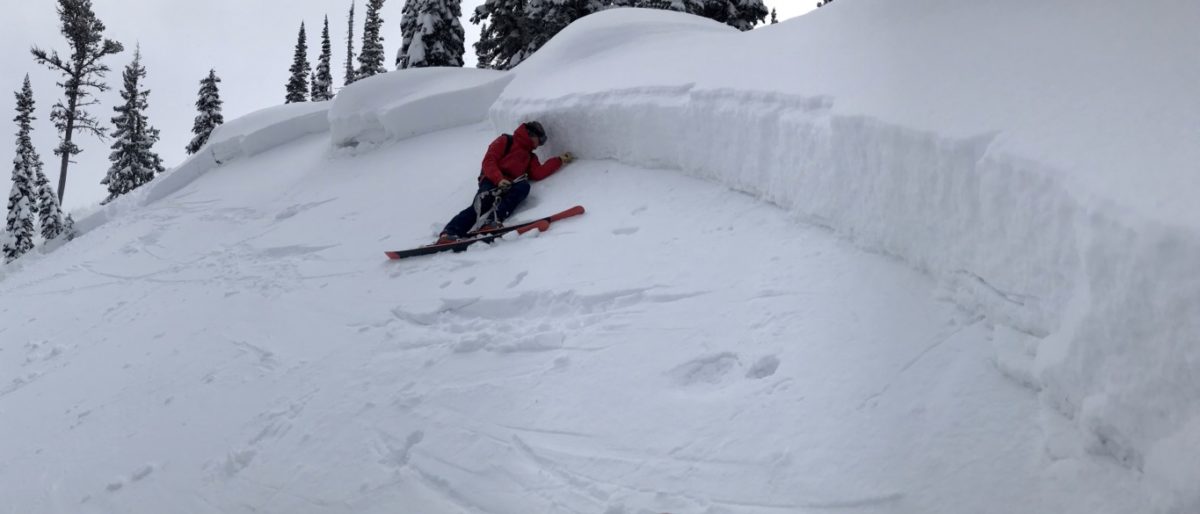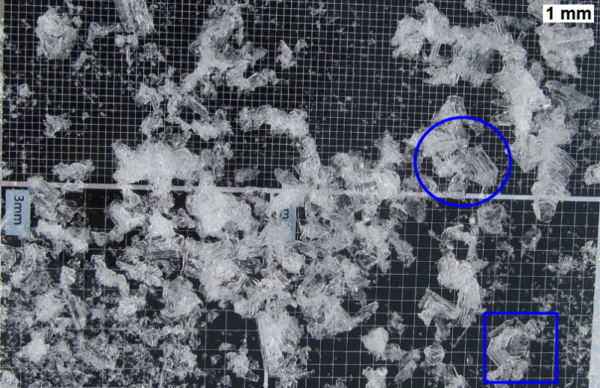Long-lasting weak layers that can produce slab avalanches weeks or months after they get buried.

The buried persistent weak layer contributed to this avalanche that caught several skiers by surprise. Credit: Flathead Avalanche Center
Persistent weak layers are the culprit in most avalanche accidents because they can cause avalanches long after the obvious danger from a storm has passed. Furthermore, because weaknesses can last through an entire winter, they are capable of producing larger avalanches that break deeper into the season’s snowpack than one might expect. Larger and more angular grains tend to persist as weaknesses for longer periods of time. Persistent weak layers are frequently associated with Persistent Slab, Deep Persistent Slab, and Wet Slab avalanche problems.

Large angular grains, such as these depth hoar grains, tend to persist as weaknesses for a long period of time.
Read more:
- Facets
- Surface Hoar
- Depth Hoar
